As the Dom Pedro Victoria Golf Course prepares to host the Portugal Masters for an eleventh straight year in 2017, europeantour.com gets the inside track on the Vilamoura venue with the help of former European Number One Robert Karlsson.
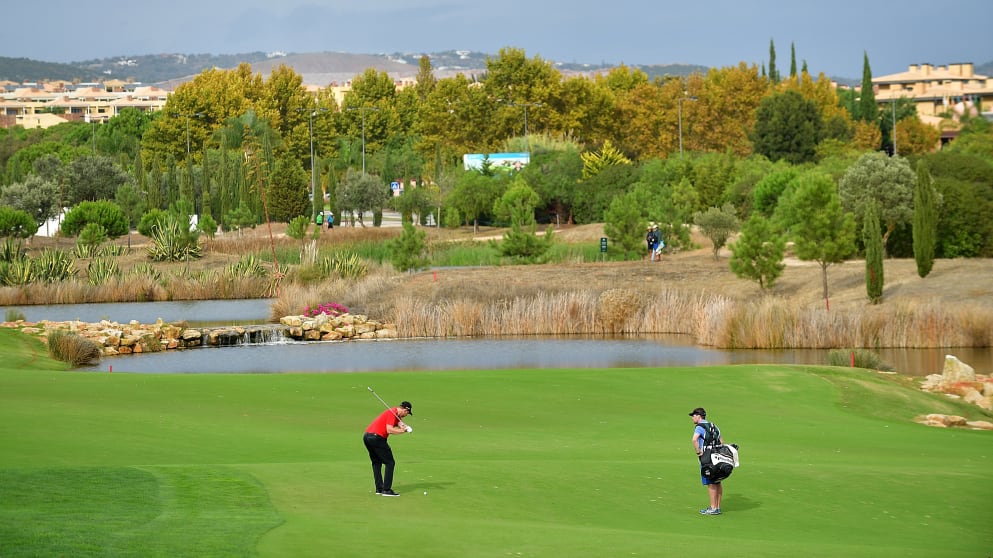
With the Algarve set for glorious sunshine throughout the event, scoring conditions on the resort-style course should again prove favourable this week as a high-quality field descends on the south coast of Portugal.
Designed by the late, great Arnold Palmer and one of five courses at the Vilamoura resort, the Victoria opened in 2004 and just a year later staged the World Cup, won that year by Stephen Dodd and Bradley Dredge of Wales, before the first Portugal Masters was played here in 2007.
Playing to 7,146-yard and a par of 71, the picturesque, often sun-drenched Victoria has generous fairways and gentle rough and therefore puts a premium on close approaches, a solid putting stroke and plentiful birdies.
Despite its playability, there are a number of hazards strategically lurking across the 90-hectare site for those straying too far off line, with several lakes and bunkers in play and plenty of natural vegetation including carob, olive and almond trees.
This will be the seventh edition of the Portugal Masters that Karlsson has contested in its 11-year existence and the Swede has had a number of near-misses with the title, finishing runner-up to inaugural winner Steve Webster in 2007, third a year later before again grabbing the silver medal in 2010.
The 48 year old is well-placed, then, to offer an expert view on what it takes to do well – and what pitfalls to avoid – around the Dom Pedro Victoria Golf Course.
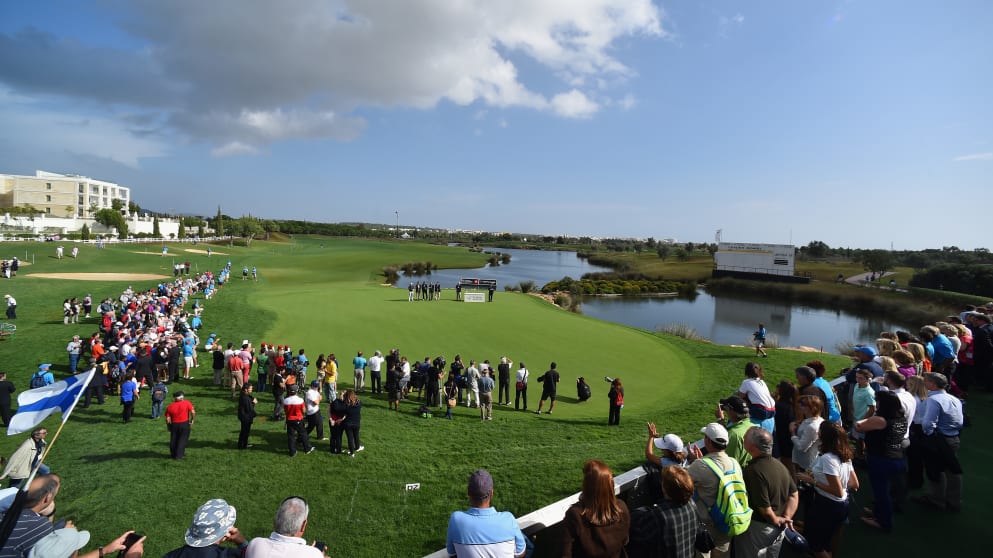
Overview
“The course has changed a bit over the years,” said Karlsson, who topped the European Tour money-list in 2008. “When we first came here it was a par 72 but since then they have added a few new tees and changed it a par 71. I remember the first couple of years were really low scoring – and it’s still pretty low scoring now!”
“Like any low scoring golf course, you need to play the par fives well. There are only three of them now but the last two – 11 and 17 – are holes on which you can drop shots, with water on both, or pick up shots.
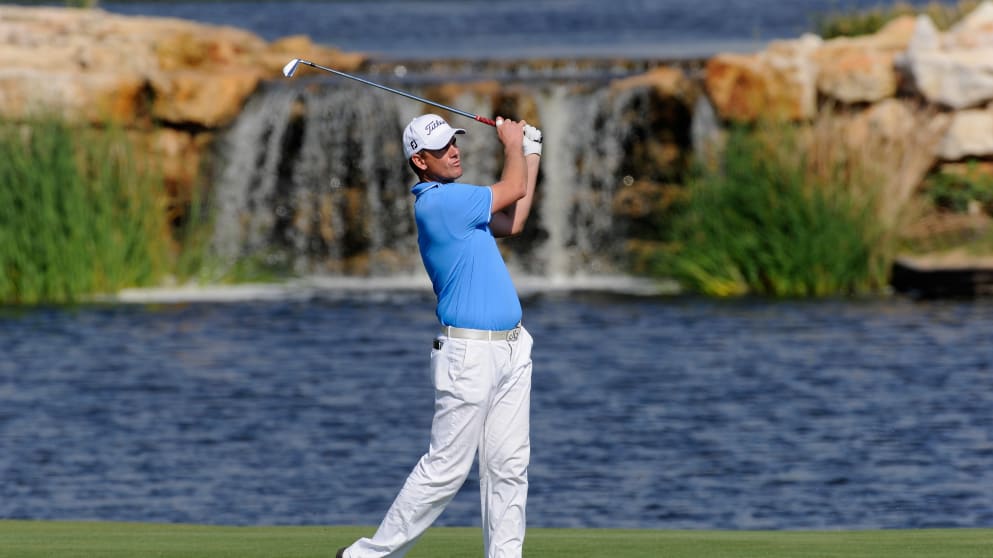
Greens and putting
“Any time it’s low scoring you need to make a lot of birdies and therefore make a lot of putts,” continued Karlsson. “Staying away from the big numbers is crucial here, too, because it’s tough to keep up with the field if you are making mistakes somewhere like this. So you need to play solid all round but chipping and putting well is key and if you stay on your game then you are going to get a lot of short irons and chances to put some good numbers together.”
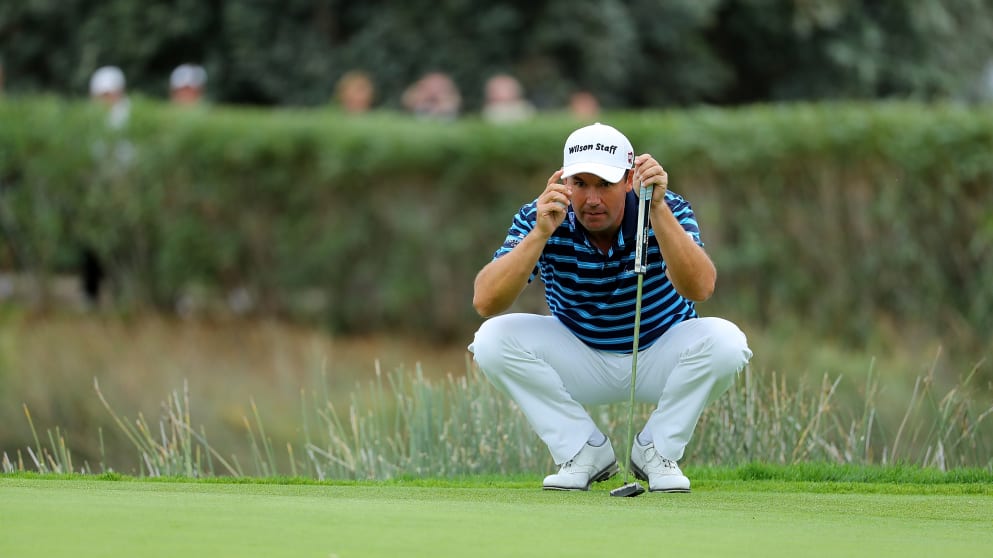
Key Holes
The 315-yard par four 15th
“A short par four, you can get really close to the green or sometimes even drive it so this is an important hole to make your birdies – or eagles – on. It’s 315 from the back of the one and only tee so a lot depends on wind direction. With the wet weather we’ve had here in recent years that got a bit tougher but with all the sunshine this week, we’ll be looking to get it close here.”
The 463-yard par four 18th
“There are a couple of really tough par fours out there actually. The third, when it plays into the wind, the seventh and, of course, the 18th. Playing with the normal wind, which is off the left on the tee, makes it tricky with the water down the left. You need a good tee shot and a good approach shot to stay out of trouble and under the pressure of trying to contend to win an event, that’s not always that easy!”
How it’s played in previous years
Low scoring is the name of the game at the Dom Pedro Victoria Golf Course. The tournament record score to par is Steve Webster in 2007 (25 under on a par 72), while in 2015 Andy Sullivan recorded the lowest total score at 261 (23 under on a par 71).
The average winner here, meanwhile, has made a chunky 25 birdies through four tournament rounds. In 2007 Webster made a record 28 birdies, matched by Mikko Korhonen when he finished tied third last year, while Alexander Levy made 18 in just 36 holes of the weather-curtailed 2014 edition - the 18th most birdies in the first two rounds of any tournament since 1999.
The course average from 2007 to 2016 has been 70.1 (0.9 shots under par) and among other regular European Tour venues, only the Old Course and Castle Stuart have been more favourable to birdie-makers over the last few years. Conversely, bogey-avoidance is less crucial meaning Greens in Regulation are much less important here than normal.
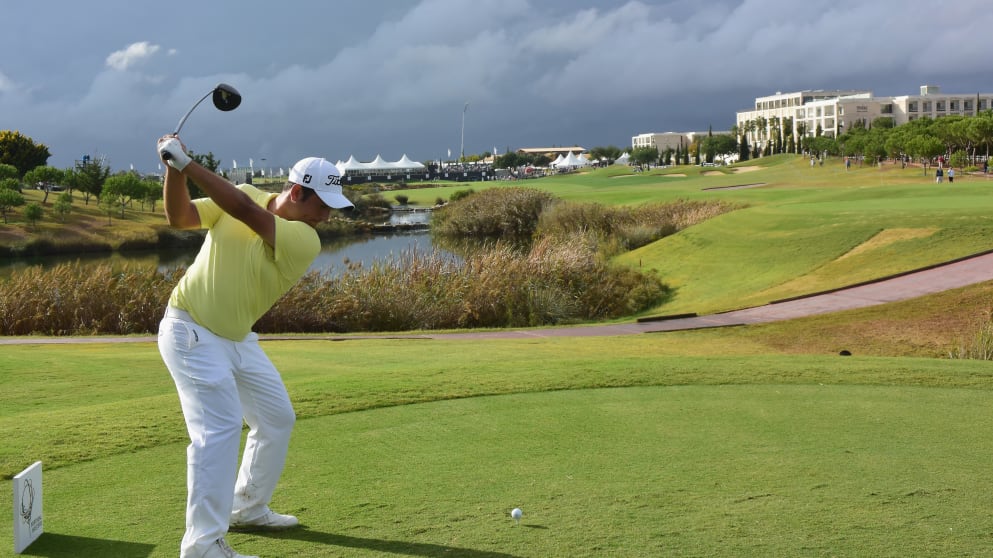
Hole superlatives
• Most likely to be birdied – 12th hole (52% birdie or better)
• Most likely non-par 5 to be birdied – 15th hole (36% birdie or better)
• Most likely to be bogeyed – Seventh hole (30% bogey or worse)
• Easiest GIR – Fifth hole (87%)
• Toughest GIR – Seventh hole (43%)
• Easiest Fairway to hit – Fifth hole (66%)
• Toughest Fairway to hit – Third hole (50%)







